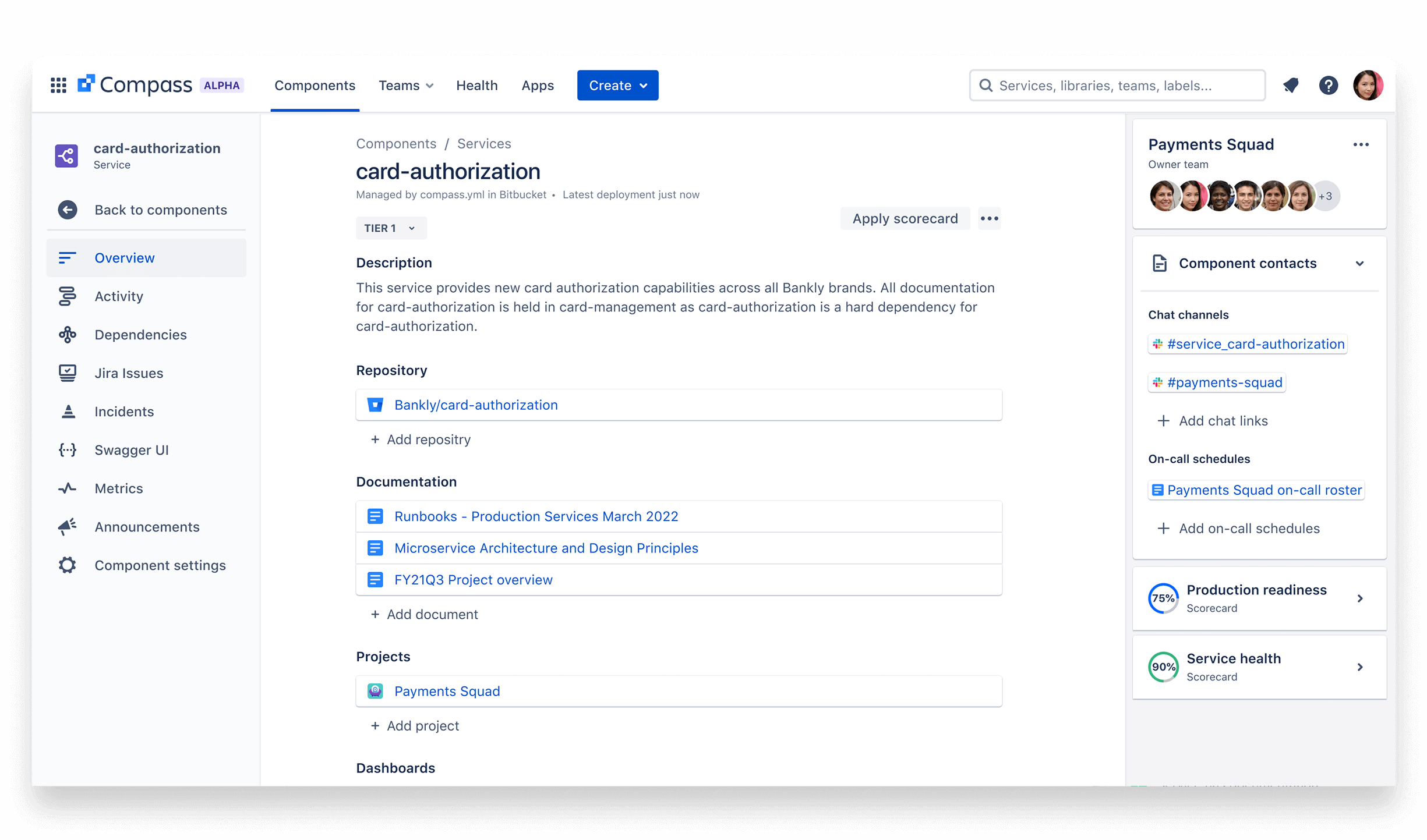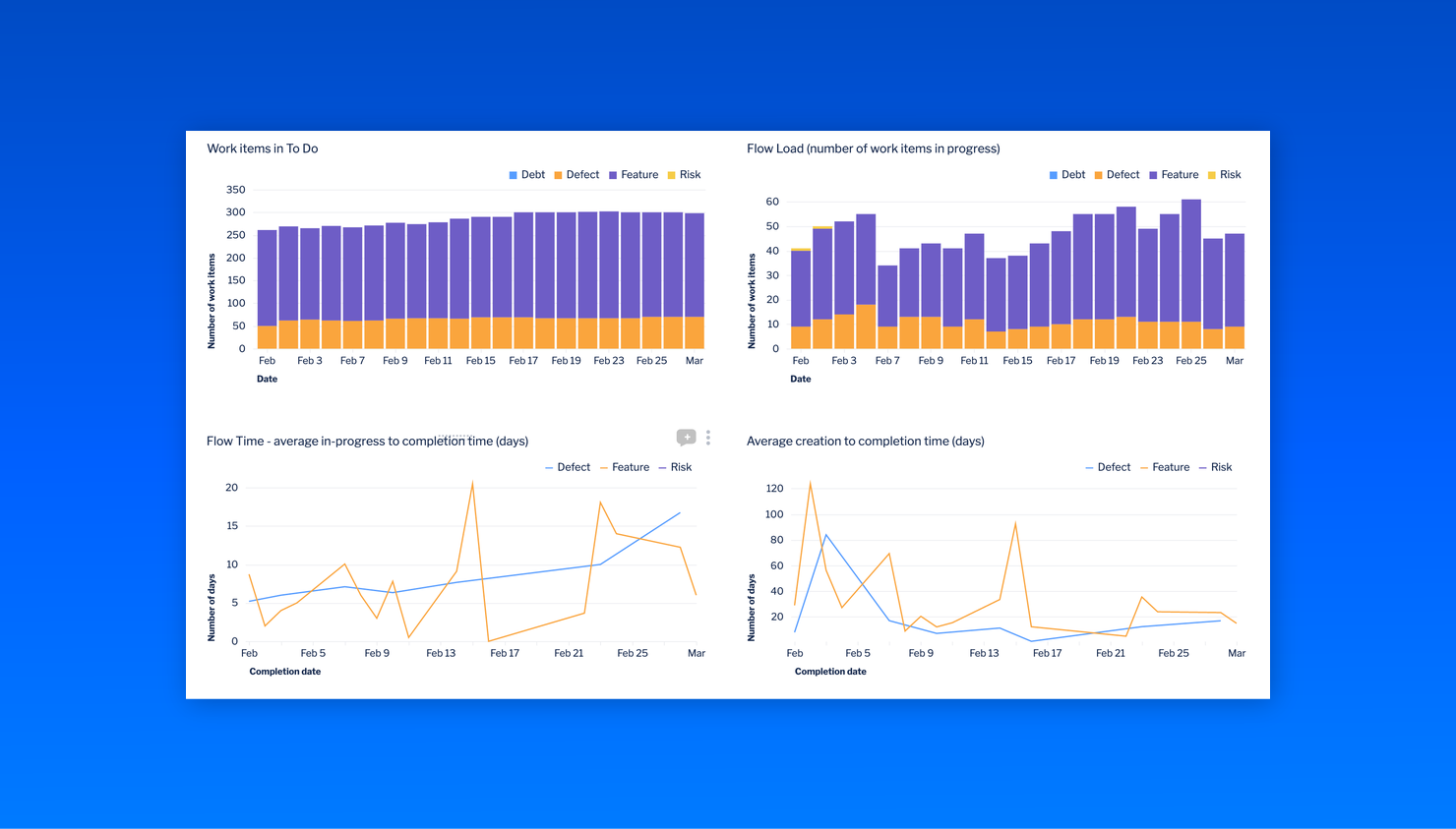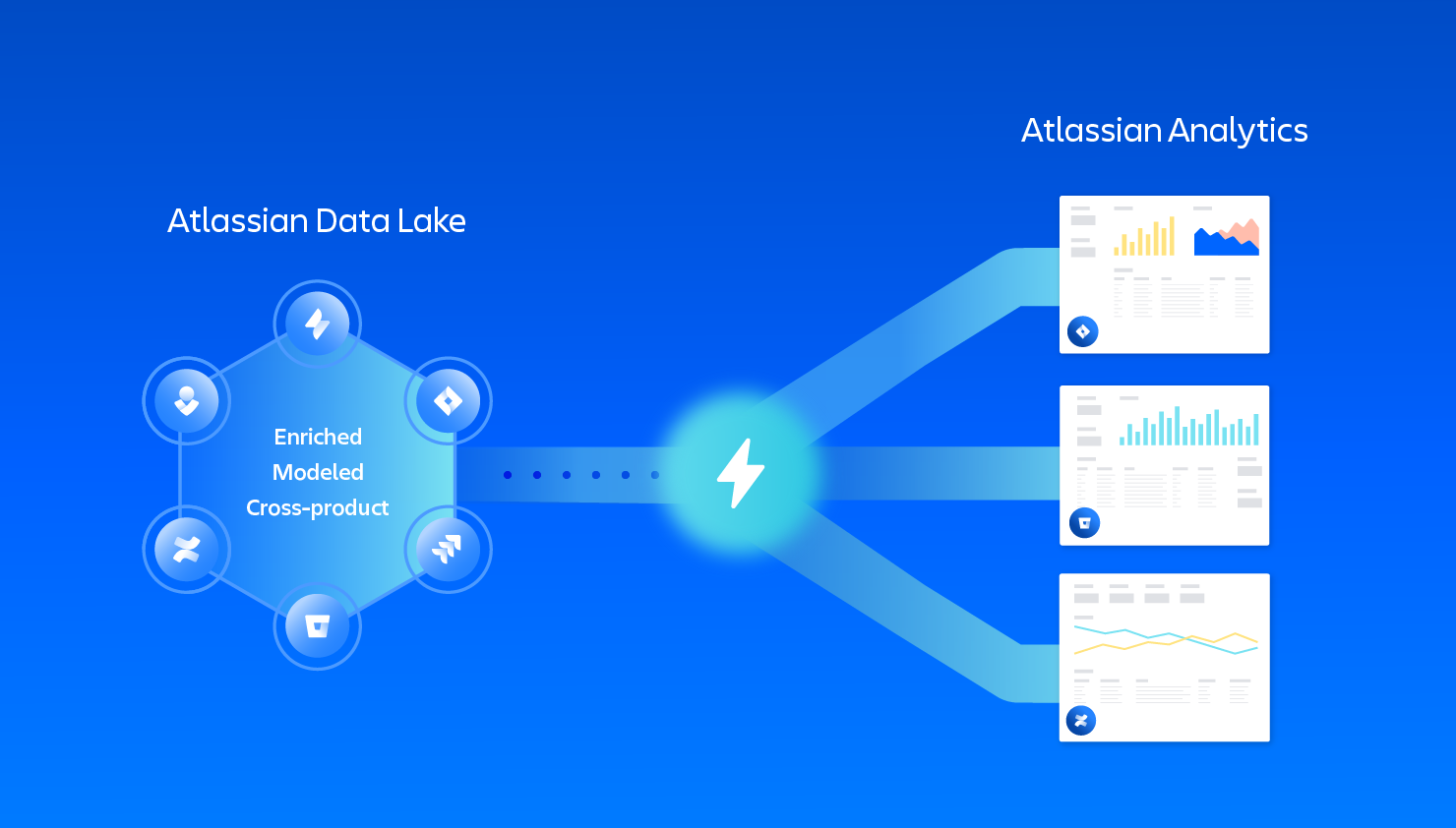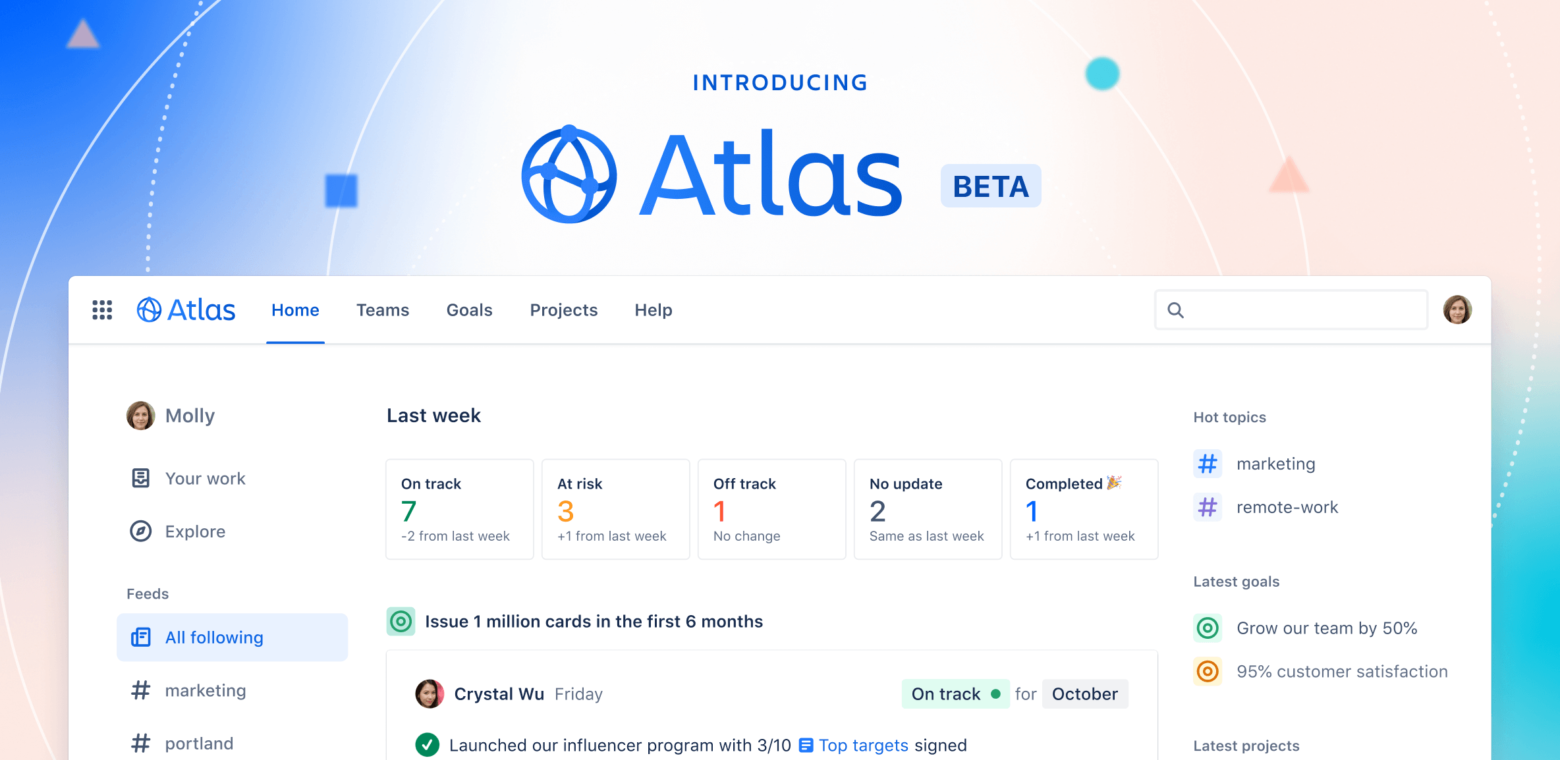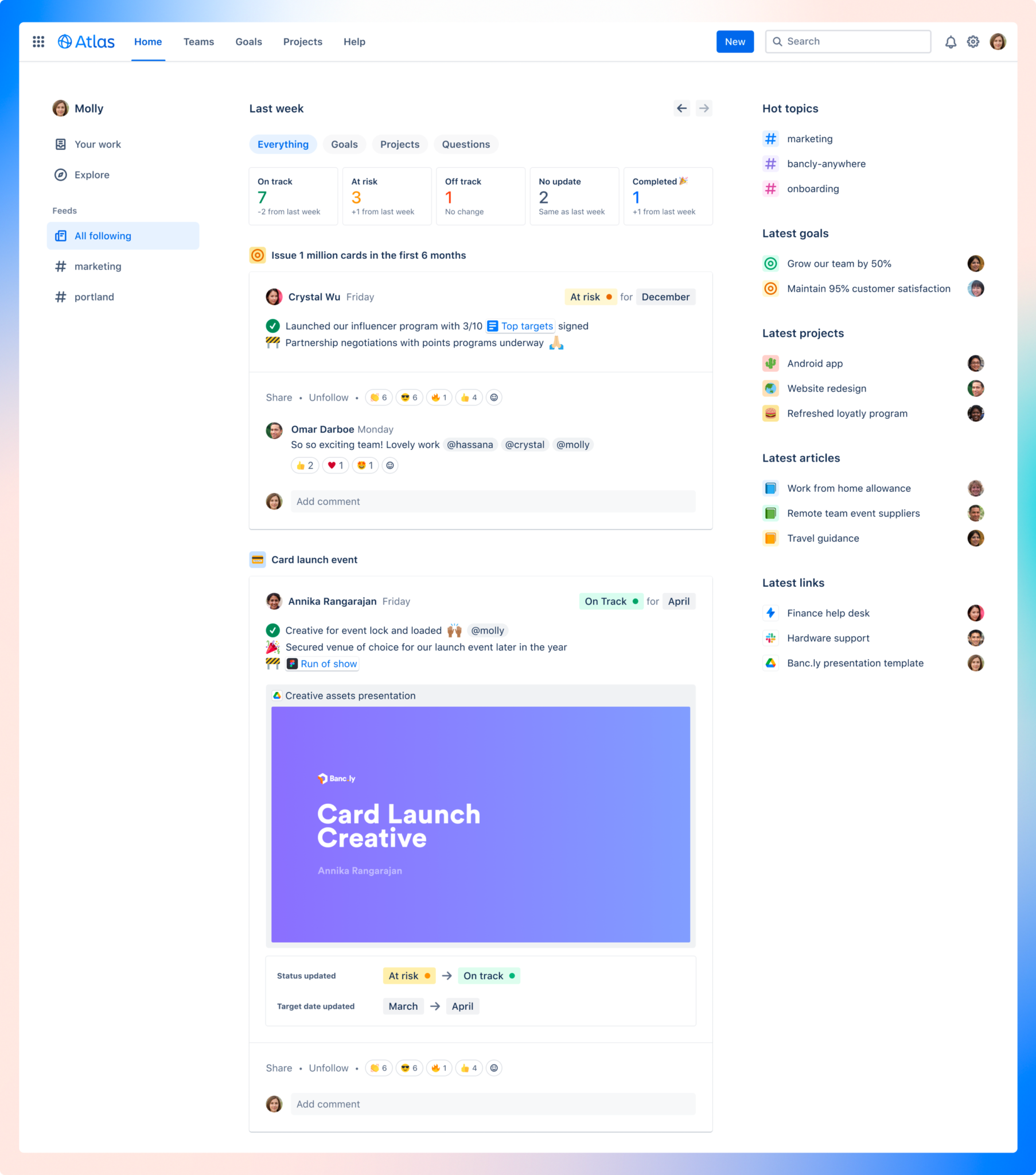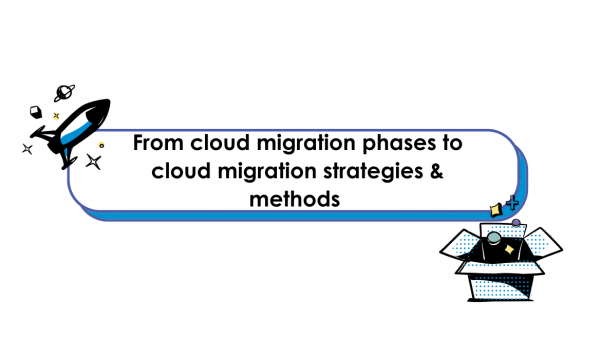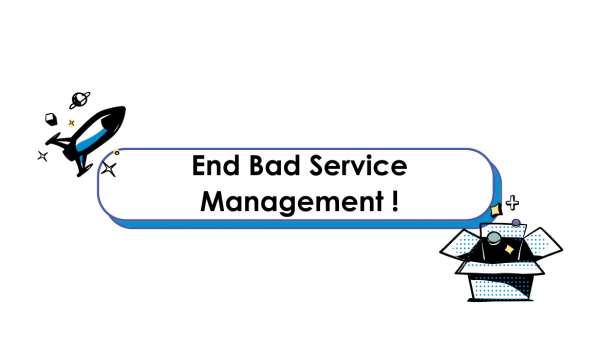Atlassian adds new tools to its portfolio for devs and collaboration teams
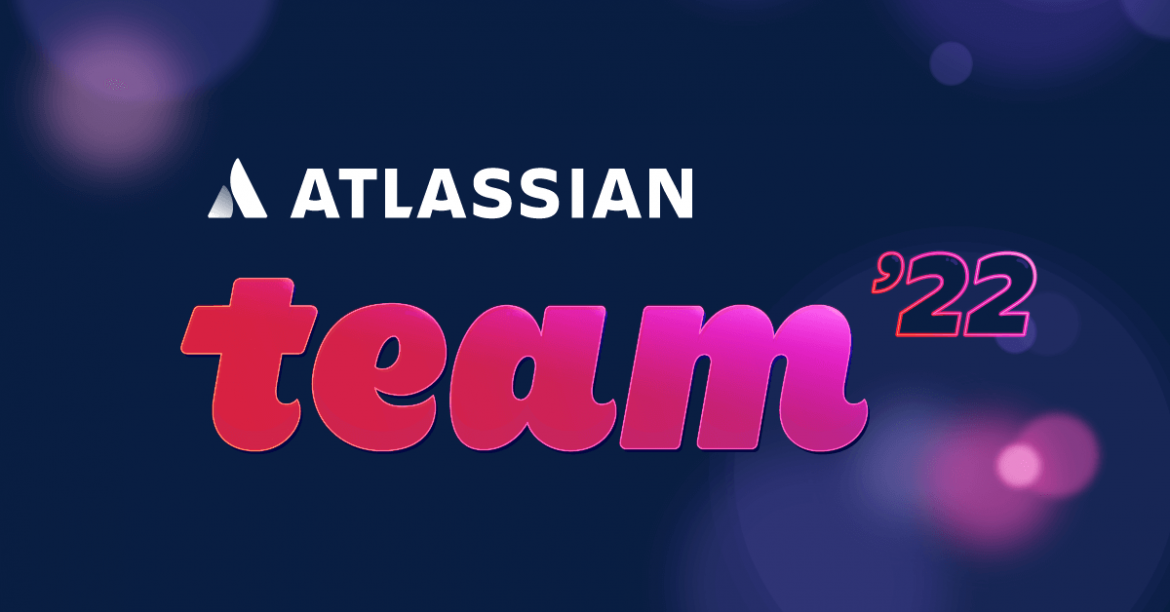
Some pretty exciting news came out of the Atlassian Team '22 event, which took place earlier this month.
Atlassian rolled out two new software additions to its platform, one for software developers (Compass), and the other designed for team collaboration (Atlas). The company also introduced new data-driven capabilities with Data Lake. Collectively, these tools are part of an ongoing Atlassian effort to improve transparency and efficiency for users.
The latest software development and collaboration platform updates came during the company’s annual event in Las Vegas.
So, without further ado let’s take a deeper look into each one of them.
An Introduction to Atlassian’s Compass for software developers
Atlassian's Compass is a developer’s portal, designed to help software development teams master the complexities of distributed software architecture, including the need for multiple tools.
According to the company it is the “mission control for distributed architecture, offering a holistic view of software development components as they evolve over time and the teams that build and collaborate around them”.
Compass is made up of three parts: Components, Scorecards, and Apps, and offers a holistic view of software development components as they evolve.
-
Components provides developers a unified interface to track all the components they use to assemble their software and the teams that own and collaborate around them. Developers can access shared components, documentation, and other important information to build software in one place.
-
Scorecards is a DevOps health tool that allows developers to measure their architecture based on the baselines, security, or compliance requirements they need to meet. With Compass, the auditing process can go from once or twice a year to nearly real-time.
-
Apps is an extensibility engine that allows you to bring in information across a variety of developer SaaS tools to help teams better align their work, and give them the flexibility to choose the best tool for the job.
Compass is designed for DevOps teams that are typically trying to manage 50 or more microservices and is to be deployed alongside the Jira project management software that is widely used by software development teams to manage multiple projects.
Compass is fully compatible with Forge, Atlassian’s cloud app development platform, making it easy to build secure, reliable, and scalable apps.
An Introduction to Atlassian's Data Lake and Atlassian Analytics
Atlassian will also offer two new tools to help teams see the big picture in their work, with flexible access to all their data.
These two new tools bring together data for analysis from across the Atlassian product suite and other sources for easy analysis with pre-modelled and enriched fields to speed up insight generation. Atlassian Analytics connects to the Data Lake and lets users access data via interactive dashboards, SQL visualizations, no-code visualizations, and information pulled from other business-critical data sources. At launch, Atlassian Data Lake will include data from Jira Software and Jira Service Management, while access to data across other Atlassian products is expected later.
Here are some of the ways that Atlassian Analytics delivers insights leveraging the Data Lake:
-
Out-of-the-box interactive dashboards that offer cross-project and cross-product overviews of workflows.
-
SQL visualization that lets users customize their dashboards and charts with the ability to run SQL queries directly against the Atlassian Data Lake.
-
No-code visualization with Visual SQL is a no-code way of exploring data and creating charts for teams and users who want to build reports fast without using SQL.
-
Blend in data from other sources. Data from Atlassian products only gets more powerful when combined with other business-critical data sources.
-
Coming soon – direct connection to external business intelligence (BI) tools. With many teams continuing to use their favourite BI tools, such as Tableau or Microsoft Power BI. Soon, Atlassian will soon offer the ability to connect Data Lake to these and other BI tools.
Atlassian Analytics and Data Lake are now available through an Early Access Program for current customers of the Cloud Enterprise edition of Jira Software or Jira Service Management.
An Introduction to Atlassian’s Atlas, a teamwork directory
And last but not least, Atlas, a teamwork directory used to connect the dots across teams, their apps, and work.
Atlas equips teams with a common vocabulary to openly communicate and get a shared understanding of the context of their work - the key to achieving alignment and empowering them with autonomy, by clarifying :
-
What are we doing and why?
-
How’s it going?
-
Who’s working on it?
How does it do that?
Atlas gives every project a homepage, where anyone can see what the project entails and how success will be measured. Users can link Jira tickets, Confluence pages, and Trello boards connected to each project, while team members can “follow” the project for weekly updates and discover related projects from the same page. You can even connect projects and goals to specific channels in Slack to ensure that every stakeholder is aware of updates as they happen.
Atlas limits status updates to 280 characters, encouraging owners to be better communicators by helping them focus on providing just enough context to be useful. Teams can also embed videos, images, and gifs to create a useful, engaging update.
In addition, at the start of every week Atlas updates team members' feed, while it can also sends a personalised digest delivered directly to email, Slack, or Microsoft Teams.
With updates that are meaningful, Atlas can drive alignment across company teams in no time.
In Atlas, from any project or goal, you can see the team that’s working on it. Plus, you can quickly get context on who’s working on it by hovering over any teammate’s name in Atlas, Jira, or Confluence Cloud, by viewing their profile. And the best part is that these universal profiles are being embedded inside the Atlassian products your teams are already using, starting with Jira and Confluence Cloud. So, whether you’re seeking more context on who owns a Jira issue or @mentioning a team in Confluence, Atlas connects the dots across them all.
A whole lot of exciting updates we are eager to try out ourselves! Stay tuned, as we explore them in the near future.
